In this article we’d like to remind you about the Software Defined Network (SDN) concept and discuss its implementation in the Intel ONS platform.
There is a lot of information available about SDN, so we will just briefly remind you the basic idea, which is to manage network equipment and data transfers separately.
Here are the benefits of this solution:

Last year Intel unveiled a number of FM6000 Ethernet switches based on solutions from Fulcrum Microsystems, a firm Intel had bought previously.
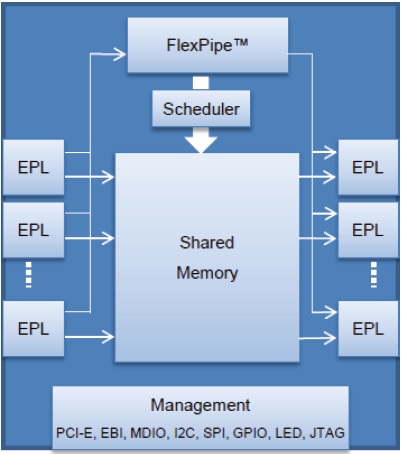
They are positioned as hybrid switches capable of going over easily from traditional switching to SDN. Their key feature is that they can use either an OpenFlow or a traditional packet processor. Being highly flexible, the Intel FM6000’s parser supports any standards, so the administrator can actually define his own protocols. The flexibility is due to the parser’s design:
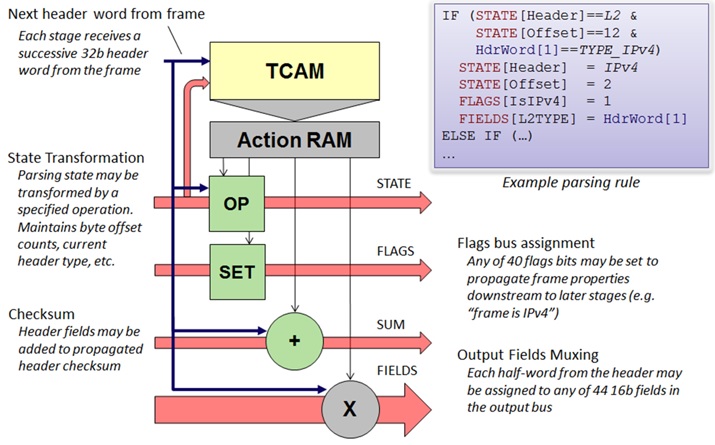
A switch of this kind can work on traditional and OpenFlow networks simultaneously, delivering high performance with extremely low latencies.
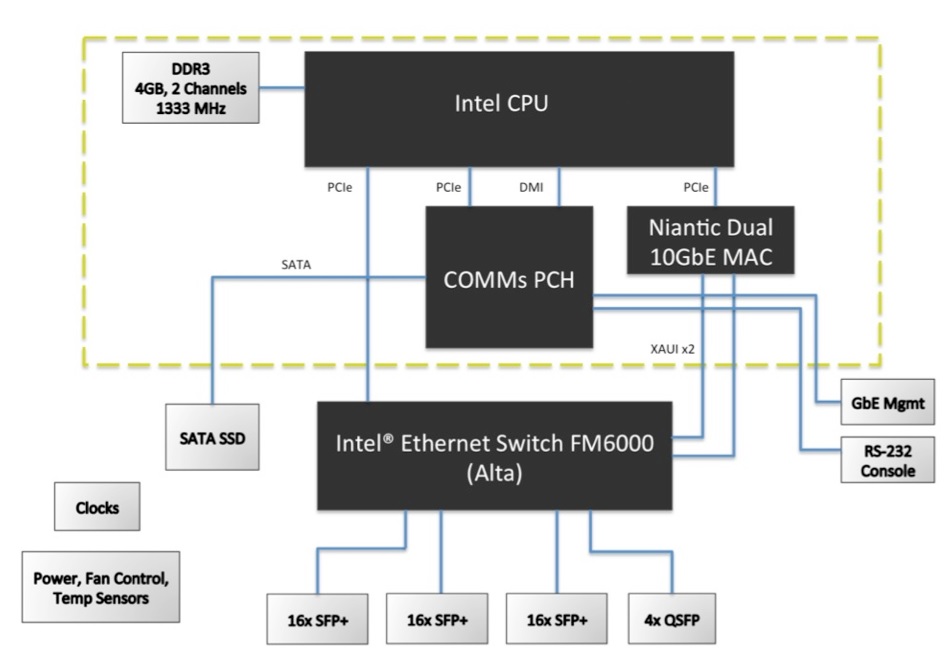
Models available in the series
Features and Specifications | Intel® Ethernet Switch FM5224 | Intel® Ethernet Switch FM6300 | Intel® Ethernet Switch FM6700 |
|---|---|---|---|
Maximum bandwidth | 240G | 640Gbps | 640Gbps |
Maximum SGMII ports | 72 | 72 | 72 |
Maximum XAUI ports | 2 | 24 | 24 |
Maximum 10G KR ports | 8 | 64 | 64 |
Maximum 40G KR4 ports | 2 | 16 | 16 |
Cut-through latency | 400nS | 400nS | 400nS |
Frame processing rate | 360Mpps | 960Mpps | 960Mpps |
Shared packet memory size | 8MB | 8MB | 8MB |
Traffic classes | 8 | 8 | 8 |
MAC table size | 64K | 64K | 64K |
ACL rules | 24K | 24K | 24K |
IPv4/IPv6 routes | 64K/16K | 64K/16K | 64K/16K |
Intel® Flexpipe™ technology | Yes | Yes | Yes |
Advanced load balancing | Yes | Yes | Yes |
CEE/DCB features | Yes | Yes | Yes |
Server virtualization support | Yes | Yes | Yes |
Advanced tunneling features | No | Yes | Yes |
SDN support | No | No | Yes |
CPU interface | PCIe*, EBI | PCIe gen2 | PCIe gen2 |
Target applications | Micro servers | Data center top of rack switch, network appliances, and video distribution. | Data center and communications infrastructure supporting software defined networking |
It is for such switches that Intel unveiled the Wind River Open Network Software solution.

Features:
Key L2 and L3 features and datacenter bridging functionality are supported.
Layer 2
Layer 3
Management
Data Center Application
Features marked with the “*” character will be supported in the future versions.
Here is the perfect switch of the future as envisioned by Intel:
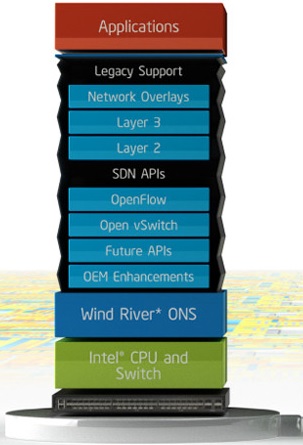
What do we have if we take the top-end Intel FM6764 model and the ONS network stack?
Just an excellent switch!
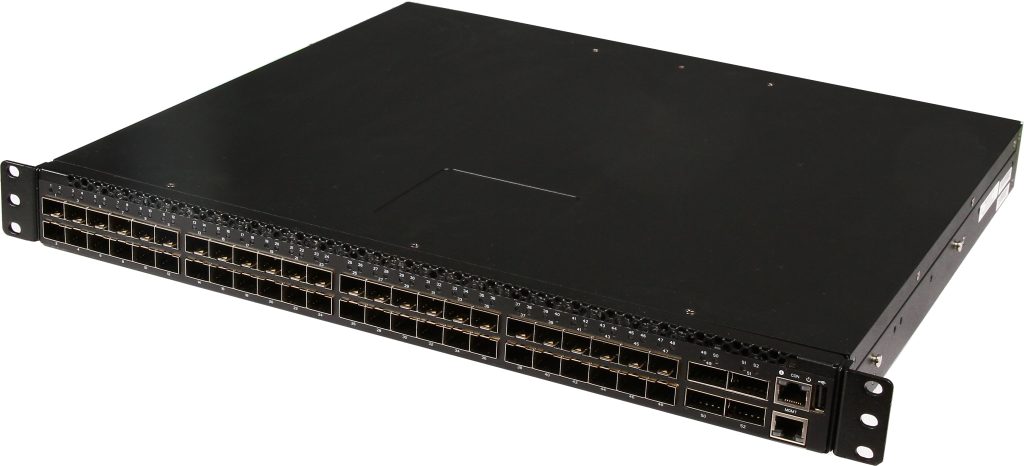
It’s got 48 10G SFP+ and four 10G QSFP ports, one USB port, console and management ports.
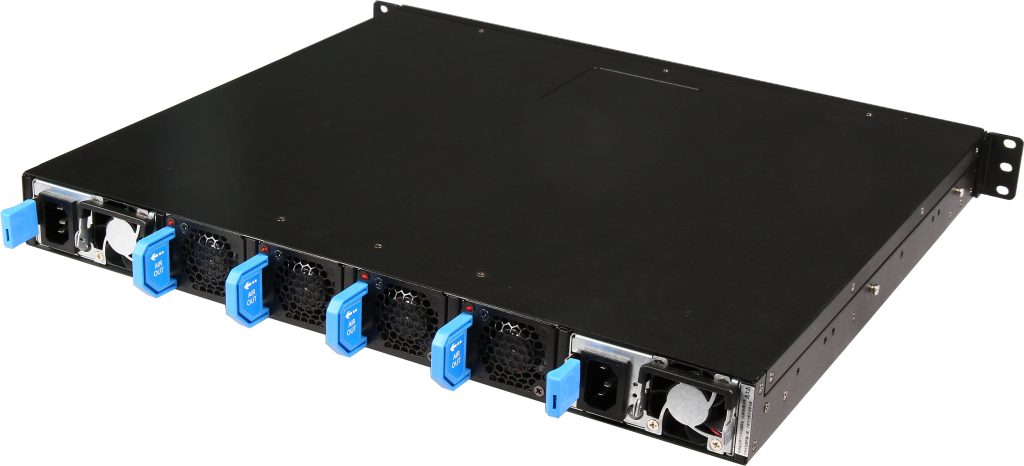
There are also two power supplies, and hot-swappable ventilation.
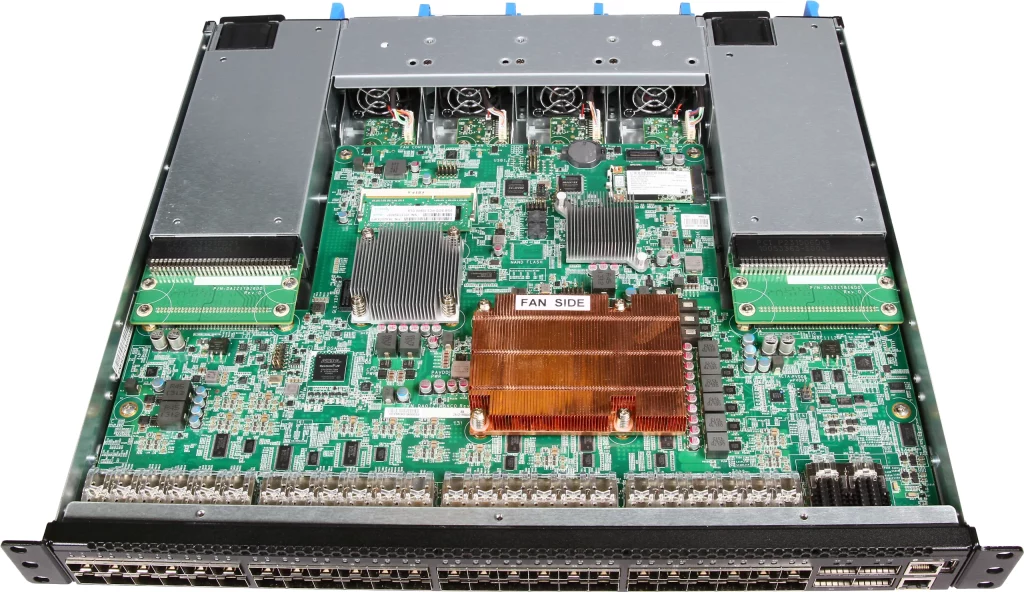
And there is an Intel Core i3 processor, 2 GB of system memory, and a 30GB SSD.
To pay with PayPal, select PayPal as your payment method at Checkout. You will be redirected to the PayPal payment page, where you can log in with your PayPal username and password and confirm your payment. This method also allows payments without a PayPal account. You can enter your credit card information and pay safely via PayPal.
Our PayPal account is paypal@netbergtw.com.
When placing the order, select Bank Transfer on the Checkout page, and you will see our bank account information.
After you pay with a bank transfer, please send the bank slip to your account manager for tracking.
| Bank: | E.Sun Commercial Bank, Ltd., Taipei, Taiwan |
| Bank Address: | No. 66-1, Sanchong Rd. Nangang District, 115, Taipei. |
| Account name: | Netberg Ltd. |
| Account number: | 1182441011646 |
| SWIFT: | ESUNTWTP |